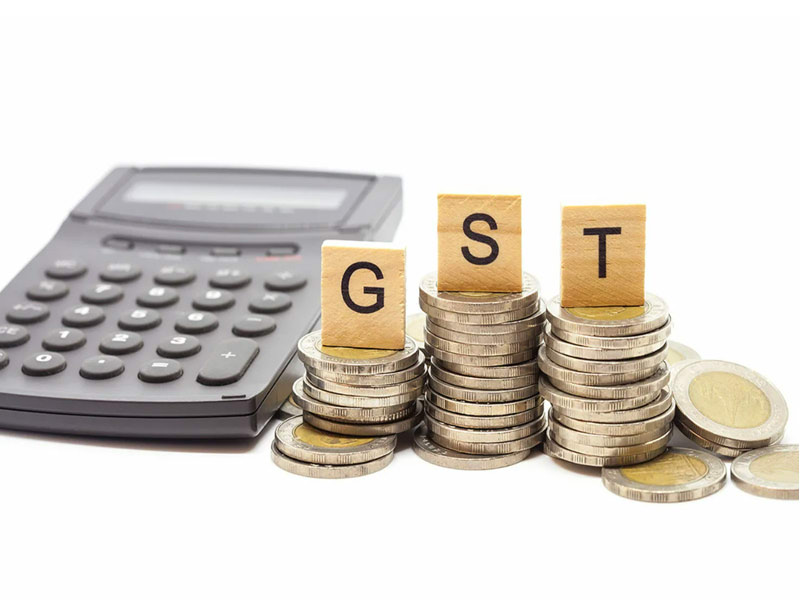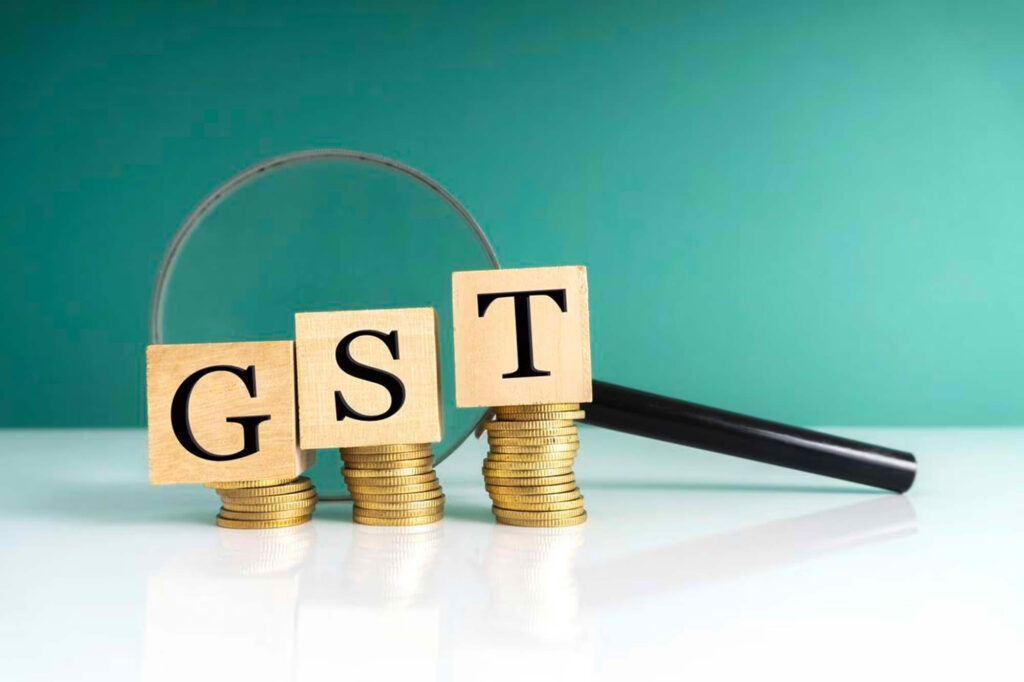The responsibility for remitting Goods and Services Tax (GST) to the Australian Taxation Office (ATO) is primarily determined by the concept of a ‘taxable supply‘. In the realm of property transactions, traditionally, the vendor or developer bears this responsibility, unless otherwise specified in the contract.
However, significant changes were implemented as of 1st July 2018. Under these reforms, purchasers of ‘new‘ residential property are now required to deduct the GST amount from the property’s purchase price and directly remit it to the ATO prior to or upon completion. These reforms have been introduced to enhance compliance with GST obligations, particularly in response to concerns regarding certain property developers who have been making taxable supplies but neglecting to remit the collected GST to the ATO
This information is also relevant for Queensland.

Register for GST
According to the current GST laws, both individuals and business entities are required to register for GST once it becomes evident that their income will reach or exceed $75,000 in the financial year. Considering the likelihood that any property development will surpass this threshold, it is advisable for property developers to register for GST as well. Once you have reached the threshold, GST will be included in all your property sales, and you will need to submit the GST amount to the ATO as part of your regular Business Activity Statement (BAS) payment.
Registration for GST can take place either when it is time to sell the property or, more commonly, at the beginning of the project. Registering at the project’s outset allows you to claim GST credits on eligible costs throughout the project’s duration. This includes expenses such as building costs, planning expenses, land purchases, and more.

Which types of transactions are impacted?
The reforms have an impact on specific types of transactions. They pertain to “new residential premises” and “potential residential land.” The term “new residential premises” refers to property that meets one of the following criteria:
- Property that has not been previously sold as residential premises.
- Property that has undergone substantial renovation, resulting in the creation of a new building.
- Property that has been constructed to replace demolished premises.
On the other hand, “potential residential land” refers to land that is designated for residential purposes but does not currently have any residential buildings on it, such as houses or strata units. It is important to note that the term “permissible” indicates that if the local government zoning permits a mixture of residential and commercial use, the land would still be considered “potential residential land.”

What are the obligations of purchasers of new residential properties?
If you have either entered into or are considering entering into a contract for new residential property that falls within the relevant provisions, there are specific obligations that you must fulfill. It is mandatory for you to withhold the applicable Goods and Services Tax (GST) amount from the contract price and remit it to the Australian Taxation Office (ATO) on or before the “supply” date, which typically corresponds with the settlement date. The determination of the GST amount to be withheld is generally based on the following guidelines:
- 1/11th of the contract price, or
- 7% of the contract price if the margin scheme is applicable.
The vendors or developers have the responsibility of providing written notice concerning their GST obligations. If GST is indeed payable, the corresponding portion must be withheld from the contract price and forwarded to the ATO. It is essential to note that the contract price does not encompass settlement adjustments such as council and water rates.

How to submit GST withholding payments?
To streamline the process of remitting GST withholding payments, the Australian Taxation Office (ATO) has introduced two online forms:
- GST Property Settlement Withholding Notification (Form 1)
- GST Property Settlement Date Confirmation (Form 2)
Each form collects crucial information, including contact details, property particulars, GST withholding amount, and the involved parties (purchaser and vendor/developer).
It is the responsibility of the purchasers to submit these forms, which can be completed by their conveyancer or lawyer. These professionals will oversee the necessary steps to withhold the GST portion and remit the payment to the ATO on behalf of the vendor/developer during the settlement process.
The forms are submitted subsequent to entering into the contract and upon the vendor/developer providing written notification to the purchaser regarding the obligation to withhold a specific GST amount from the contract price. The first form serves to inform the ATO about the transaction and the impending GST obligation, generating a unique payment reference number. The second form is utilized to confirm the settlement date and is submitted during the settlement process, once the payment has been made to the ATO.

How to sell your property without paying GST
When it comes to the sale of investment properties, you are generally not required to pay GST. GST is only applicable to the sale of residential properties that are newly built or redeveloped.
If you are selling or buying an existing house or apartment, GST does not apply to the sale. Consequently, you cannot claim any GST credits for expenses incurred in relation to that sale, such as estate agent fees.
However, if the property you are selling is used for both residential and commercial purposes, you may be liable to pay a proportionate amount of GST for the commercial portion of the property sale.

You can pay less with Margin Scheme
The margin scheme provides an alternative approach to fulfill your GST obligations. With this scheme, you are only required to pay on the profit margin from the sale.
Example:
Let’s say you purchased a property for $400,000 and later sold it for $510,000, resulting in a margin income of $110,000. Under the Margin Scheme, the GST payable would be calculated as 1/11 of the profit margin, which is $10,000. In contrast, if you do not utilize the Margin Scheme, the GST payable would be calculated as 1/11 of the entire purchase price, amounting to $36,363.
GST exemptions are not applied to property developers
GST exemptions do not generally apply to property development projects. This is due to the legal classification of such property as a “new premises” under GST legislation. As a result, the sale of the developed property is considered a taxable supply, making GST applicable to the sale. Therefore, the usual GST exemptions for property sales do not extend to property development scenarios.
GST obligations for the sale of vacant land
When selling vacant land, GST is applicable, as the land is considered neither residential nor commercial property, even if the intention is for development purposes. However, there is a provision called the margin scheme that can be utilized to reduce the amount of GST payable on the sale.

Paying GST on commercial property sales
When selling a commercial property, GST is applicable, and you are required to remit the GST amount. However, you can claim GST credits for expenses incurred in relation to the sale, such as real estate agent fees. In the case of selling some commercial property like a hotel or a store, you have two options: utilizing the margin scheme or selling it as part of a going concern. Both strategies are explained further below.
For the sale of farmland, GST is not applicable. However, two conditions must be met:
The land must have been used for farming purposes for at least five years prior to the sale.
The buyer of the land intends to use it for farming purposes.
In a GST-free sale of farmland, all fixtures included on the land, such as residential properties, and work structures like shearing sheds, and fences, are encompassed within the GST exemption.

What are the obligations of vendors/developers?
Vendors/developers are required to comply with certain obligations when selling residential land. They must provide a notification to the purchaser about GST withholding (in written form). If there is no obligation to withhold GST, this should be clearly stated in the notification.
When a GST amount needs to be withheld, the notification must include the vendor’s/developer’s ABN details, the correct entity for GST payment, the settlement date, and the payable amount.
This notification can be incorporated into the contract for sale or provided separately.
During the settlement process, the purchaser directly pays the GST amount to the ATO, which is then credited to the vendor’s/developer’s GST account.
The vendor/developer subsequently reports the GST amount withheld on their next Business Activity Statement (BAS). If the amount paid exceeds their actual tax liability, you may be eligible for a refund.
How can conveyancing solicitors help with GST in Queensland?
It is important for conveyancing solicitors to be aware of their limitations under the relevant legislation. It is not generally within the terms of their conveyancing retainer to complete and submit GST forms to the Australian Taxation Office (ATO). Further, not all professional conveying solicitors possess the same capabilities when it comes to dealing with GST. If you have any questions regarding GM Law’s areas of expertise, please feel free to contact us via email or call us at 1300 185 636.


